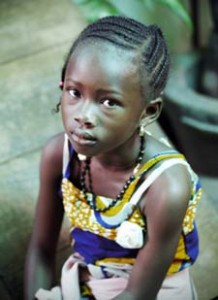QUESTION
What medicine can be given to a pregnant woman who has malaria?
ANSWER
The type of anti-malarial that should be given to a pregnant women depends on the type of malaria they have, its severity and how long she has been pregnant. Chloroquine, quinine and artemisinin-derivatives can be given during all trimesters, but in many places malaria is resistant to chloroquine.
In general, the World Health Organisation recommends ACTs (artemisinin-based combination therapies) as the first line treatment against uncomplicated malaria. Mefloquine and pyrimethamine/sulfadoxine are able to be given the second and third trimesters; again, in some areas, resistance to mefloquine has been detected. Moreover, some people are allergic to sulfas, and so pyrimethamine/sulfadoxine would not be appropriate for these patients. Primaquine, doxycycline and halofantrine are contraindicated during pregnancy.
